Adidas Terrex Free Hiker GTX Hiking Shoes 2.0 review: boots with bounce
Versatile, high-performing hiking boots that put a proper spring in your step and add some swagger to your outdoor wardrobe
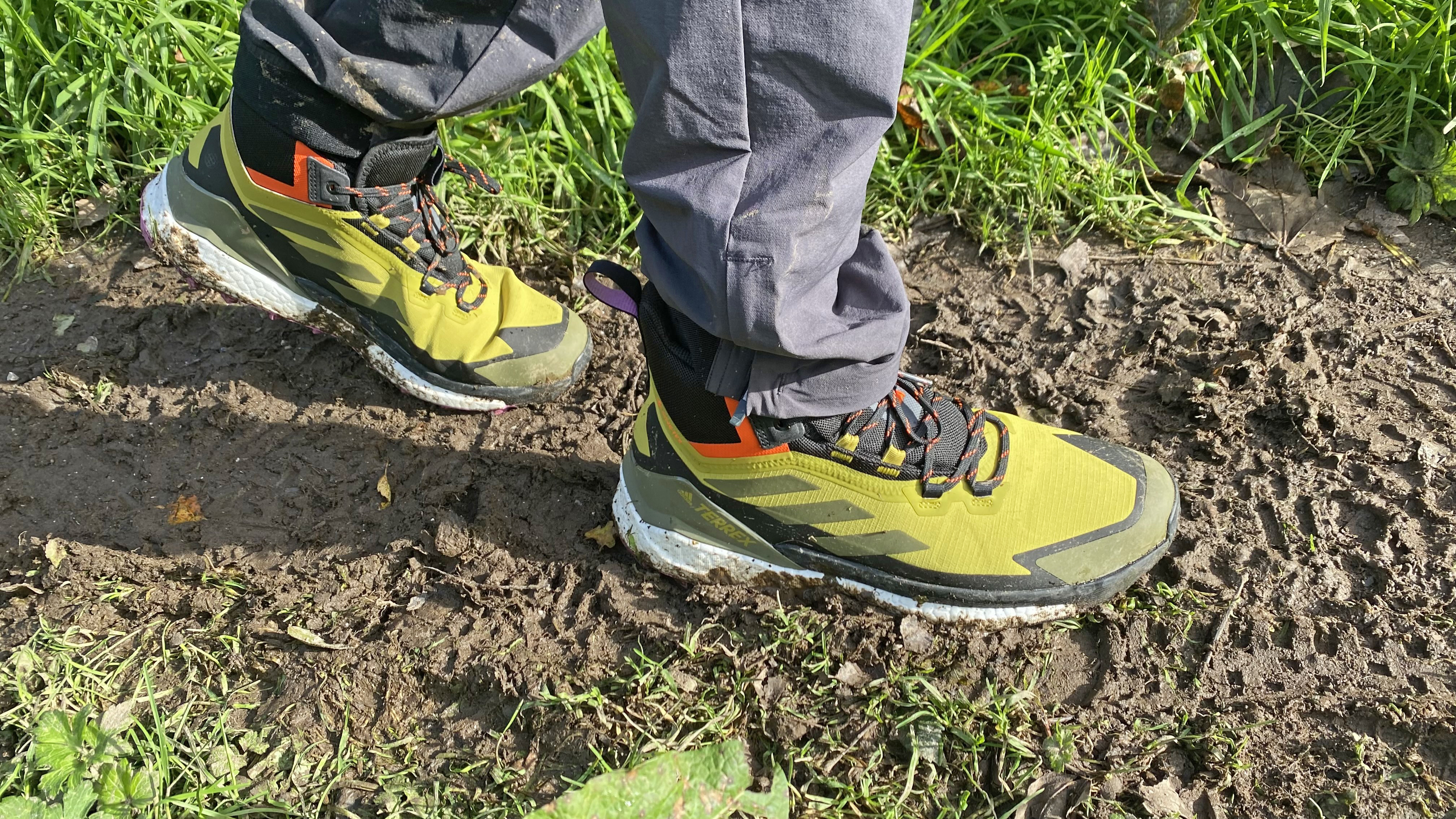

Is it possible to mix street appeal with outdoor performance in a single item of footwear? Adidas Terrex has had a red-hot stab at it with the second iteration of the waterproof Free Hiker. The brand has come up with a walking boot that – while not totally perfect – is pretty damn good on most terrain types.
-
+
Lightweight and comfortable
-
+
Highly responsive midsole
-
+
Fully waterproof
-
+
Excellent outsole
-
+
Made with 50% recycled content
-
-
No quicklace system
-
-
Low toe protection
Why you can trust T3

The result of a collaboration between three top German companies, the Free Hikers from Adidas Terrex are relatively lightweight walking boots designed for long day hikes and multistage trekking adventures virtually all year round. They aren't intended for use in technical alpine conditions in the midst of winter, but beyond that, they are competent, completely waterproof hiking footwear with good soles and some innovative elements that quite literally put a spring in your step.
I have been testing a mid-height pair of the Free Hikers to see how they compare to the best hiking boots available. What I found is that this waterproof, breathable boot is grippy, supportive, comfortable, reasonably protective and fully funky looking (especially in some of the available colourways) without looking – or feeling – gimmicky. It's made with 50% recycled material, and the midsole delivers silly amounts of bouncy rebound (possibly too much for some traditionalists).
Adidas Terrex Free Hiker GTX Hiking Shoes 2.0 review
Adidas Terrex Free Hiker GTX Hiking Shoes 2.0 review: price and availability
Available in low- and mid-height versions and an imaginative range of colourways, the Adidas Terrex Free Hiker GTX Hiking Shoes 2.0 sells for a recommended price of £180 in the UK. In the US, they will set you back $200, while in Australia, these boots cost between AU$380 and AU$400 full price. For the best prices right now, check out the price widgets at the top and bottom of this review.
Adidas Terrex Free Hiker GTX Hiking Shoes 2.0 review: specifications
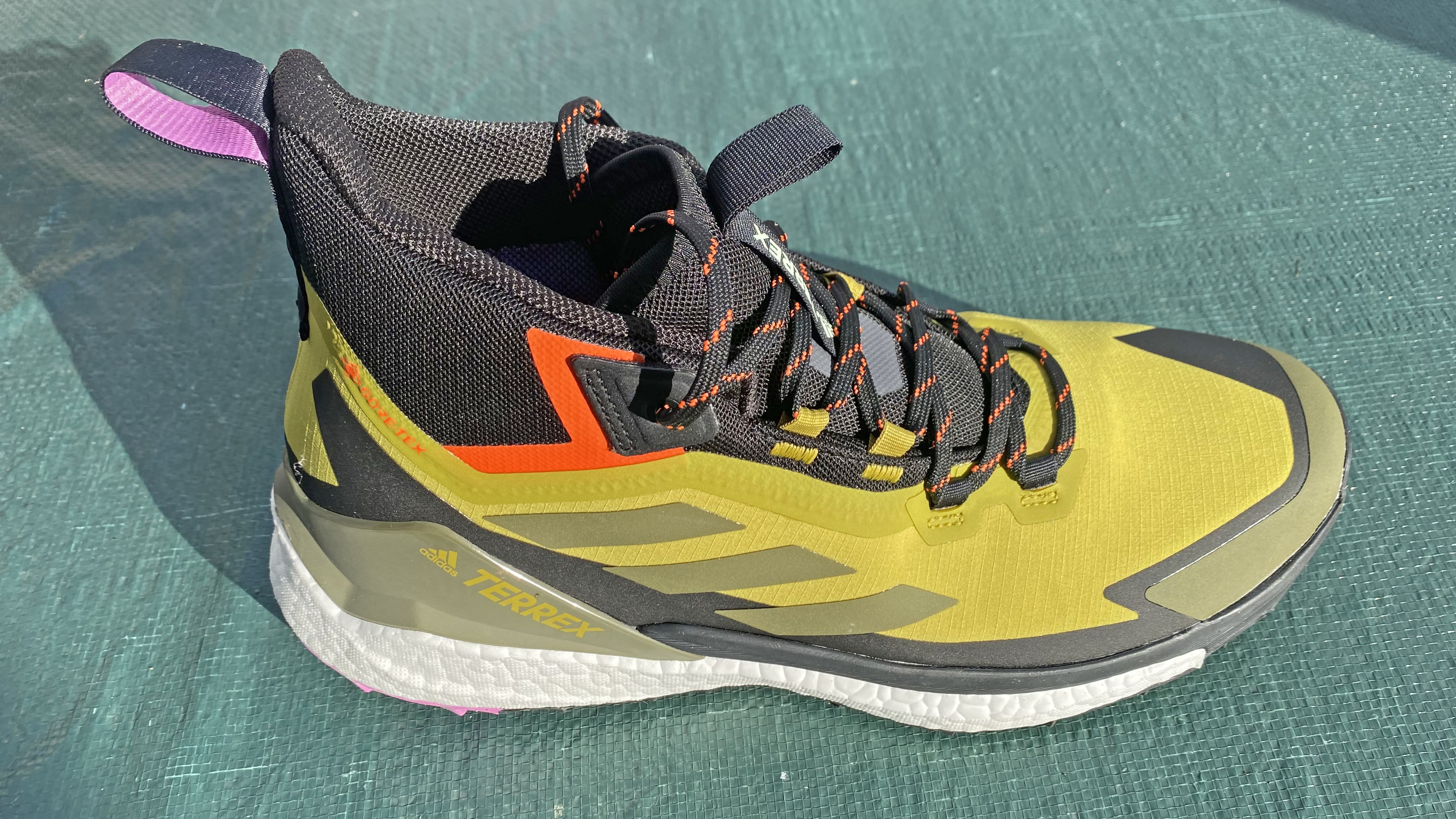
- Gender specification: Men’s and Women’s versions available
- Upper: Mesh, with seamless overlays and an Adidas Primeknit collar
- Sole: Boost midsole, Continental Rubber outsole
- Waterproofing: Gore-Tex
- Weight: Men’s: 445g / Women’s: 378.5g
- Colours
- Men’s: Core black & grey / Olive & impact orange / Wonder Steel, grey & impact orange / Core Black, wonder silver & semi flash aqua
- Women’s: Core black, grey six & cloud white / Preloved yellow, wonder silver & Semi flash aqua / Core black & grey / Wonder silver & lucid lemon
Adidas Terrex Free Hiker GTX Hiking Shoes 2.0 review: design and features
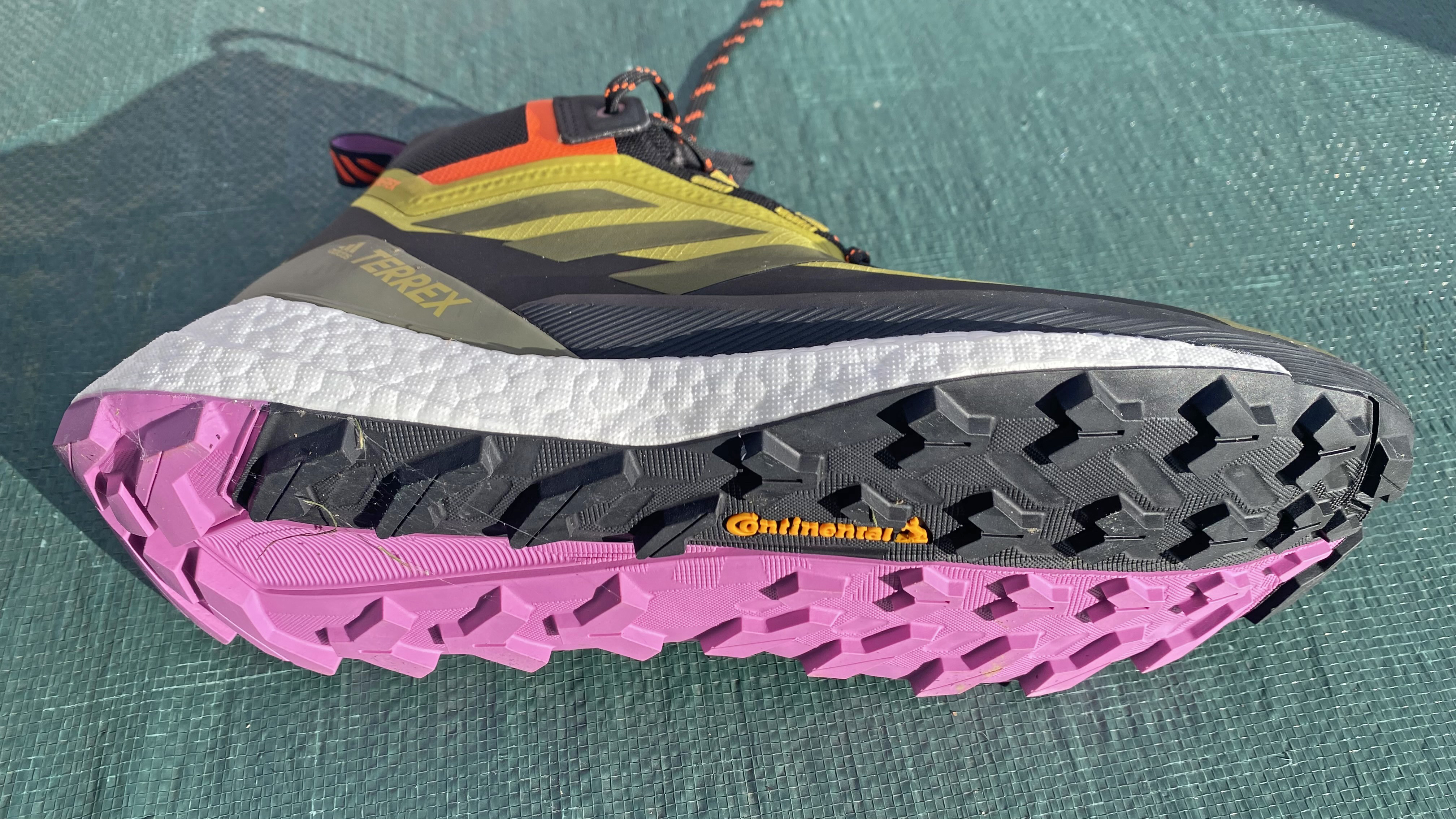
Solidly designed and equipped for the outdoors, there is definitely a street element to the look of the Free Hiker GTX boots, which is reflected in the marketing around this model and clearly indicates that Adidas Terrex has at least one eye on attracting the younger Gorpcore crew. There’s nothing wrong with this – we’re all in favour of getting younger people outdoors – and it does result in some interesting colourways.
I’ve been testing the Olive and Impact Orange version of the boot, which is a little louder than I would typically go for, but hey, at least I didn’t end up with a pair in ‘Pre-loved yellow.’… (Which is a real option. True story.)
I have no issue with outdoor brands going after a more urban audience, so long as the core design and the materials used in the product still stand up in a genuinely wild setting, and by and large, this is the case with the Free Hikers.
Armed with a Gore-Tex lining and an integrated, gusseted tongue, these boots are fully and reliably waterproof. The rubber outsole is designed and constructed by Continental, a German company (like Adidas), which makes tyres for vehicles – including mountain bikes – and the result is a tread that offers really traction and braking control.
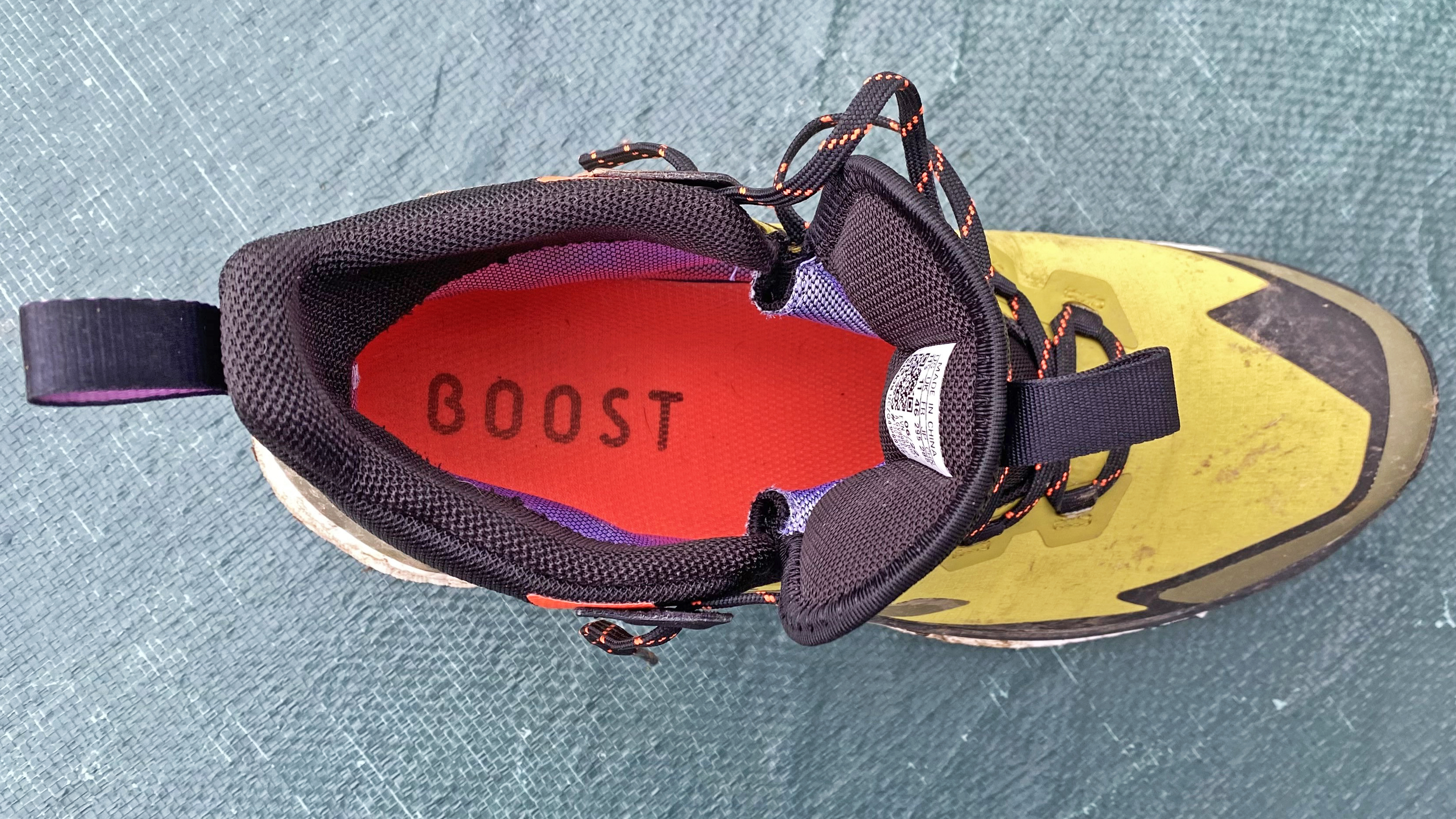
The ‘Boost’ midsole is one of the more interesting points of difference between this boot and the many others I have tested. Invented in collaboration with another German outfit, the chemical company BASF, Boost is a polymer comprised of compressed pellets that, when used in a midsole (as it has been to good effect in Adidas running shoes), offers loads of rebound.
The mesh-and-overlay upper features a large amount of recycled synthetic material, which is excellent to see. I have been testing the Mid version of this boot, which features a knitted neck around the just-above-the-ankle collar that offers some thermal protection for your lower leg. Also incorporated into the chassis of this boot is an external heel clip and an EVA-based stabilisation frame.
Two large, very conspicuous pull hoops, one at the top of the tongue and the other above the heel help you put on these quite tight-fitting boots. One potential annoyance is the lack of speed hooks on the lacing system, which means they take some time to put on despite these big pull loops.
Adidas Terrex Free Hiker GTX Hiking Shoes 2.0 review: comfort and performance
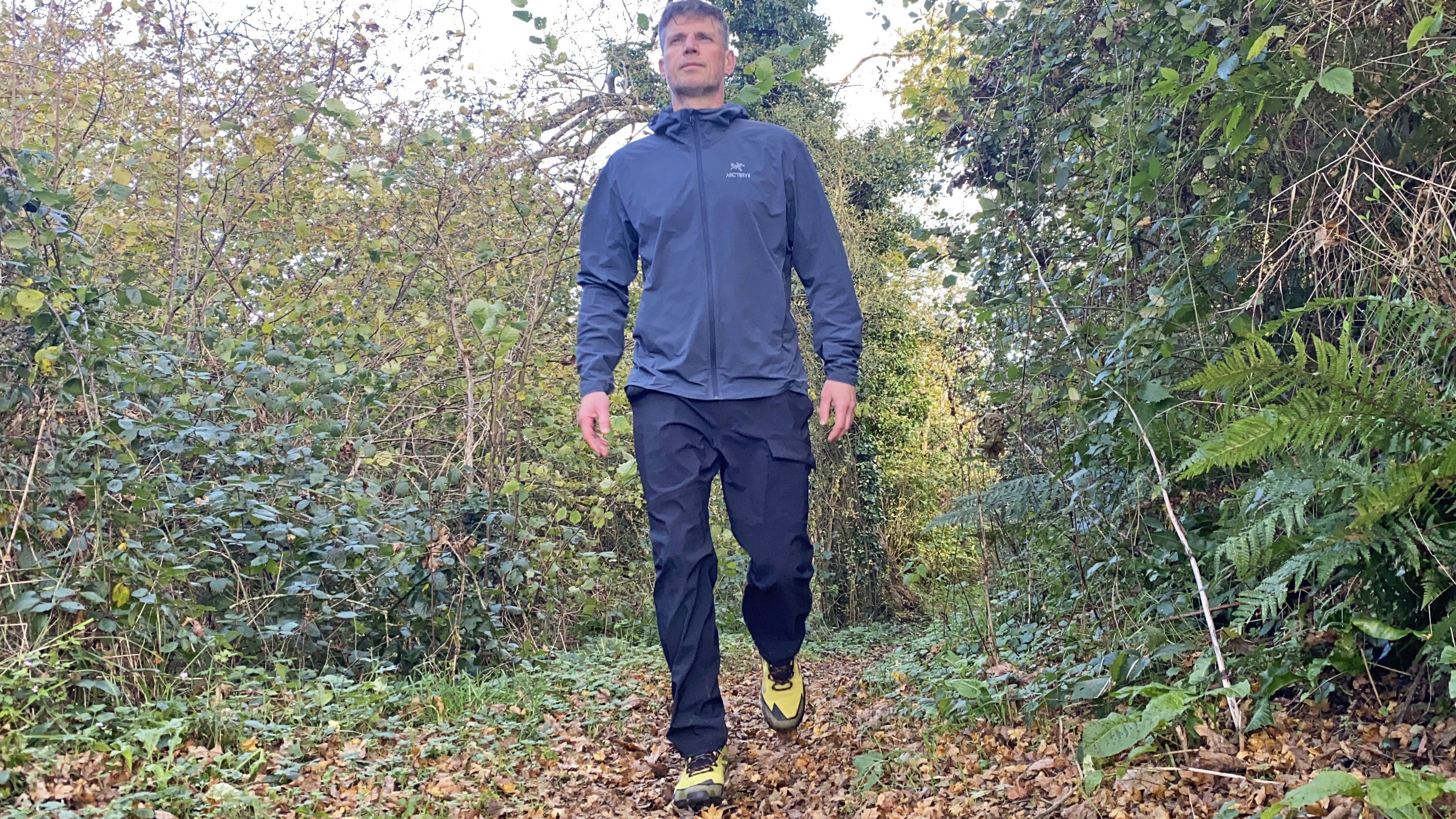
I have been trail-testing the Adidas Terrex Free Hiker GTX boots for several months, during walks that have happened in all four seasons of the year, amid a wide range of weather conditions, and on myriad landscapes and types of terrain.
I found them comfortable straight out of the box, but the first thing to mention here is the extraordinary midsole. The Boost element in these boots genuinely does bounce you right into your next stride, just like you’re walking on springs. Is this a good thing? It does take a little bit of getting used to – especially on sealed surfaces and hard-packed paths when it feels particularly pronounced – but I quite liked the feeling of propulsion after a while. I just hope it doesn’t run out after the boots have done some major miles – there’s no sign of that happening yet, but I only have about 100 clicks on the clock so far.
The outsole, constructed by Continental as discussed, is well-designed and built to last. The 5mm lugs are arranged in an interesting and effective pattern, with various chevrons and other shapes angled in such a way that you get a solid grip when you need it, and you can apply the brakes and stay in control during steep, muddy descents.
Curiously, differently shaped studs are employed on the instep and the outstep, possibly intended to supply better control and balance when walking off-camber. I certainly experienced no problems when hiking around the flanks of steep hillsides in these boots. The tread can collect a fair amount of mud in soft, claggy conditions, but no more than other boots I’ve tested.
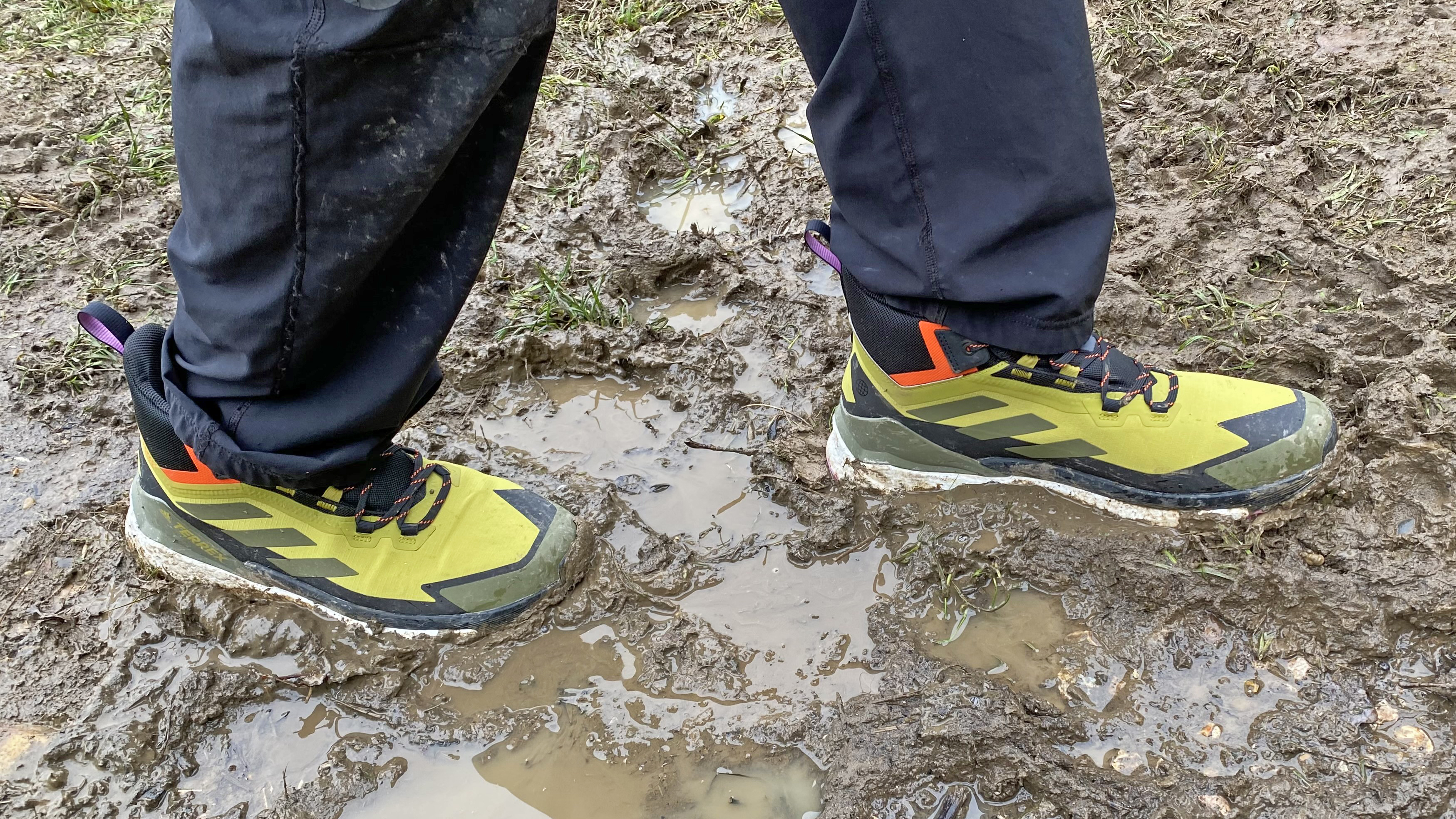
The chassis of the boot feels comfortable and supportive – the heel clips and EVA stabilisation frames made my feet feel as though they were being firmly cradled and gave me the confidence to tackle any sort of terrain. The mesh upper is nice and light, and combined with the Gore-Tex membrane, it means the boots allow your feet to breathe while also keeping your socks dry.
A knitted neck is never going to supply as much ankle support as a more substantial collar, but it is comfortable and warm, and because it has a tight-fit feel, my lower legs felt protected from everything from the piercing cold through to low-level puncture threats (from sticks), stings, bites and minor trips. I feel there is enough support for people to carry a pack on fairly technical terrain while wearing these boots.
There is a reasonable amount of lower foot protection, too – the chunky midsole means you are quite elevated, and there is a hard rand that extends around most of the boot. The toe-cap is pretty tiny, though, and you are definitely sacrificing some security in the pursuit of lightweight agility.
The integrated tongue is excellent for keeping grit, debris, snow and trail juice out of the boot, but the lack of speed hooks on the lacing system does annoy me a bit because you can’t pull the boots on as tightly and firmly as you could have at least one pair of these been included in the design.
Overall, though, the Free Hikers are versatile, weatherproof boots that will do a good job for most people on the vast majority of trails, and the bounce in the midsole keeps you moving along paths in a really positive way.
Adidas Terrex Free Hiker GTX Hiking Shoes 2.0 review: verdict
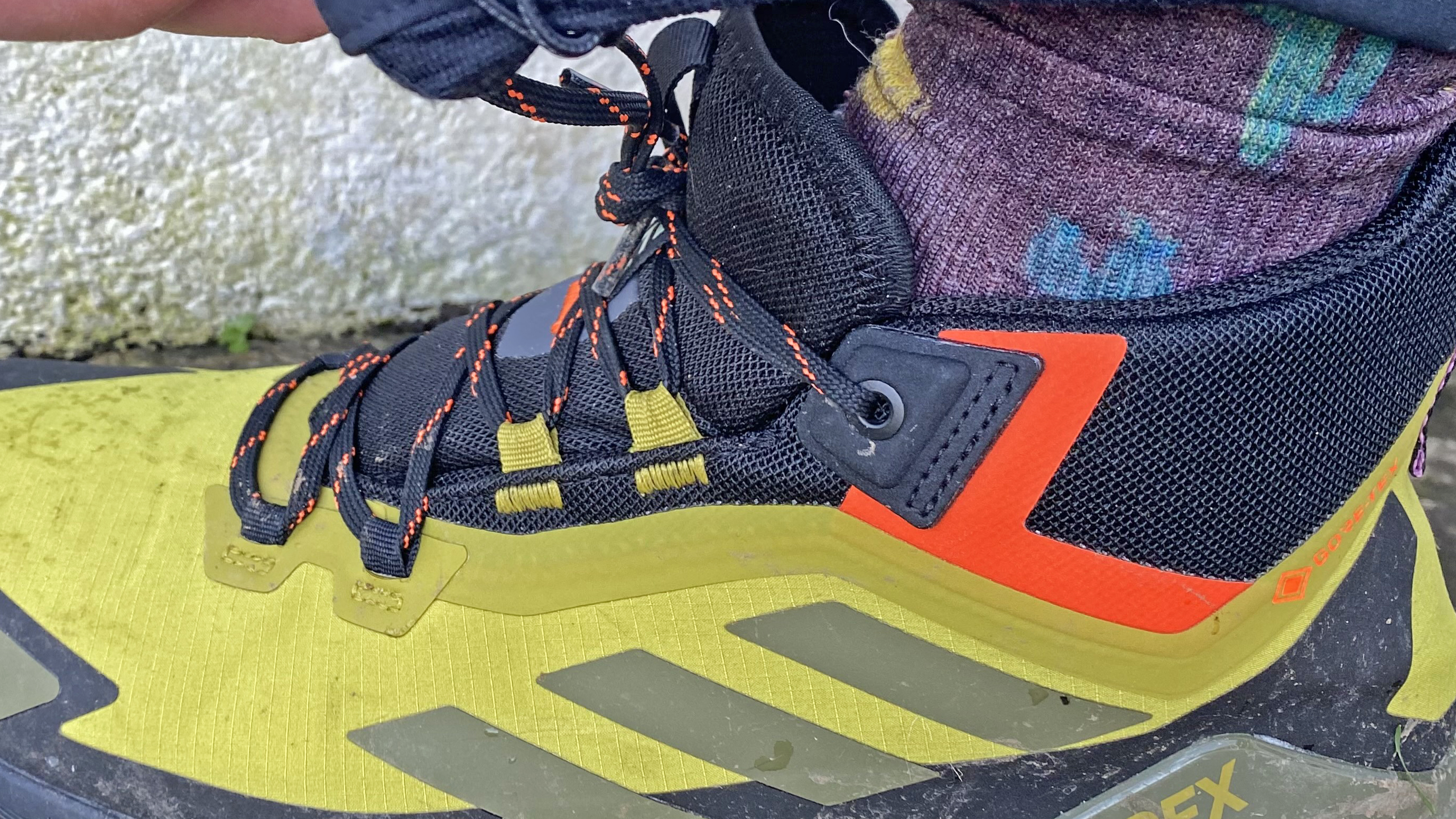
The versatile Free Hiker boots from Adidas Terrex successfully manage to mix outdoor functionality and on-path performance with some street smarts, and will appeal to a wide range of people for a broad spectrum of reasons.
They’re comfortable, and they do everything you want a walking boot to do – keep the weather on the outside, protect your feet and ankles from various mishaps, supply support, cushioning and grip – and they achieve all of this with a bit of swagger thrown in.
I’d like to see better toe coverage and some speed hooks on the lacing system and the level of bounce delivered by the Boost midsole takes some adjusting, but they certainly put a spring in your step and promote a positive approach to walking.
Adidas Terrex Free Hiker GTX Hiking Shoes 2.0 review: also consider
For a lighter boot that will last the distance, check out the inov-8 Roclite G 345 GTX, which boasts an excellent graphene outsole. For a similar model with better ankle support and more advanced heel locks, try the excellent Inov-8 Roclite Pro G 400s.
The Keen NXIS Evo mid-boots are also light and offer a firm foothold with the KonnectFit heel-capture system. They’re protective (more so than the Free Hikers in the toe area), waterproof and comfortable, but the outsoles have less aggressive lugs.
The Salomon Cross Hike 2s are another lightweight mid-cut boot elbowing for position in this category, and they’re an ace option if you’re looking for speed and comfort (with a great quick lace system and a sumptuous stitch-free upper and sockliner design, combined with breathable waterproof performance), but they don’t quite offer the same level of foot and ankle support as either the Free Hikers, the inov-8s, or the Keen boots.
For a really tough, genuinely four-season hiking boot, check out the heavier but very high-performing and crampon-compatible Mammut Taiss Light Mid GTX, the Lowa Tibet GTX or the Arc’teryx Acrux LT GTX.
Sign up to the T3 newsletter for smarter living straight to your inbox
Get all the latest news, reviews, deals and buying guides on gorgeous tech, home and active products from the T3 experts

Author of Caving, Canyoning, Coasteering…, a recently released book about all kinds of outdoor adventures around Britain, Pat Kinsella has been writing about outdoor pursuits and adventure sports for two decades. In pursuit of stories he’s canoed Canada’s Yukon River, climbed Mont Blanc and Kilimanjaro, skied and mountain biked across the Norwegian Alps, run ultras across the roof of Mauritius and through the hills of the Himalayas, and set short-lived speed records for trail-running Australia’s highest peaks and New Zealand’s nine Great Walks. A former editor of several Australian magazines he’s a longtime contributor to publications including Sidetracked, Outdoor, National Geographic Traveller, Trail Running, The Great Outdoors, Outdoor Fitness and Adventure Travel, and a regular writer for Lonely Planet (for whom he compiled, edited and co-wrote the Atlas of Adventure, a guide to outdoor pursuits around the globe). He’s authored guides to exploring the coastline and countryside of Devon and Dorset, and recently wrote a book about pub walks. Follow Pat's adventures on Strava and instagram.
-
 New Casio G-Shock is half sci-fi nightmare, half Y2K chic
New Casio G-Shock is half sci-fi nightmare, half Y2K chicI hate how much I love this
By Sam Cross Published
-
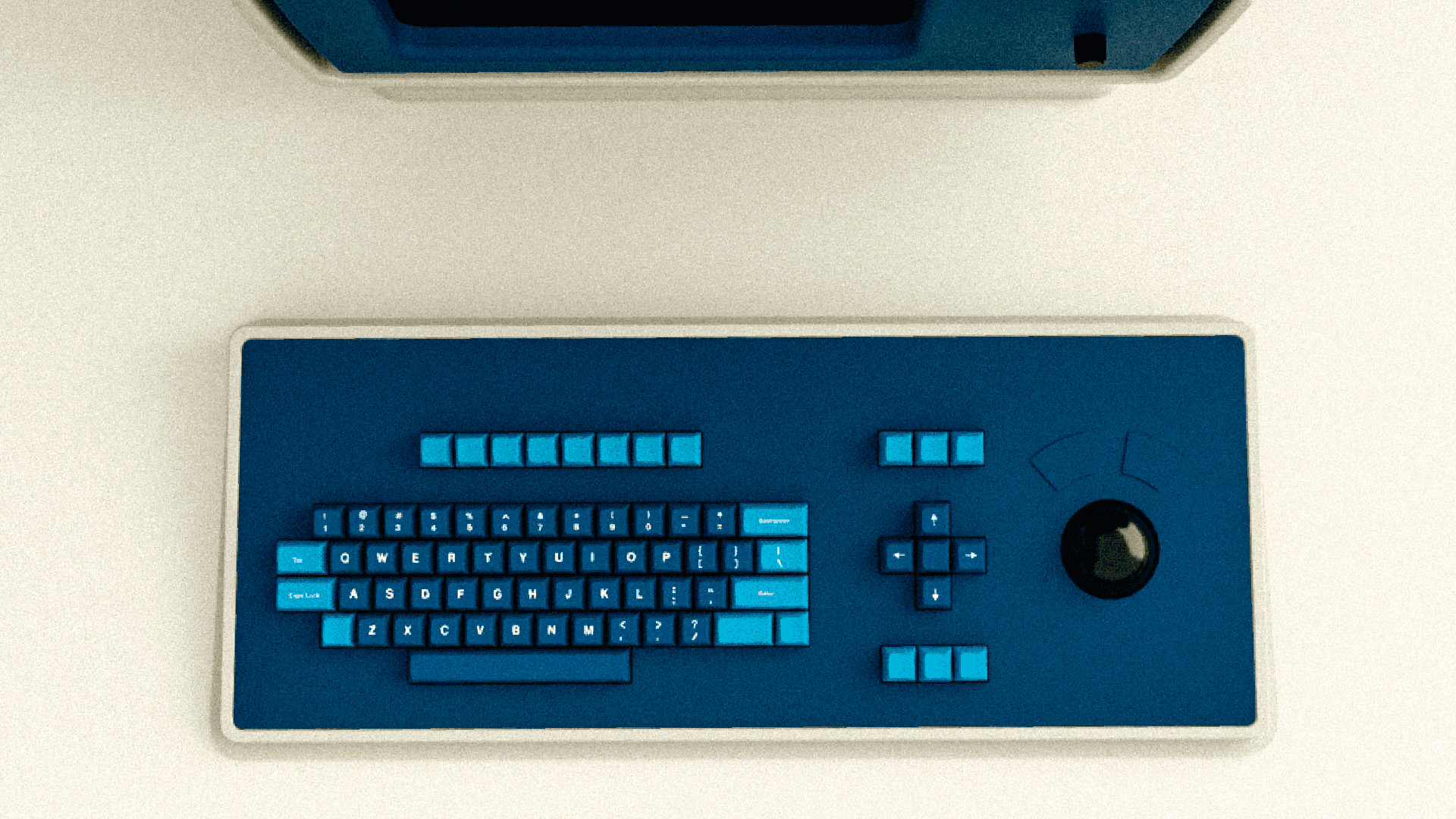 Apple's Severance computer may have been a joke, but the keyboard is coming for real
Apple's Severance computer may have been a joke, but the keyboard is coming for realTell us where we can sign up!
By Britta O'Boyle Published
-
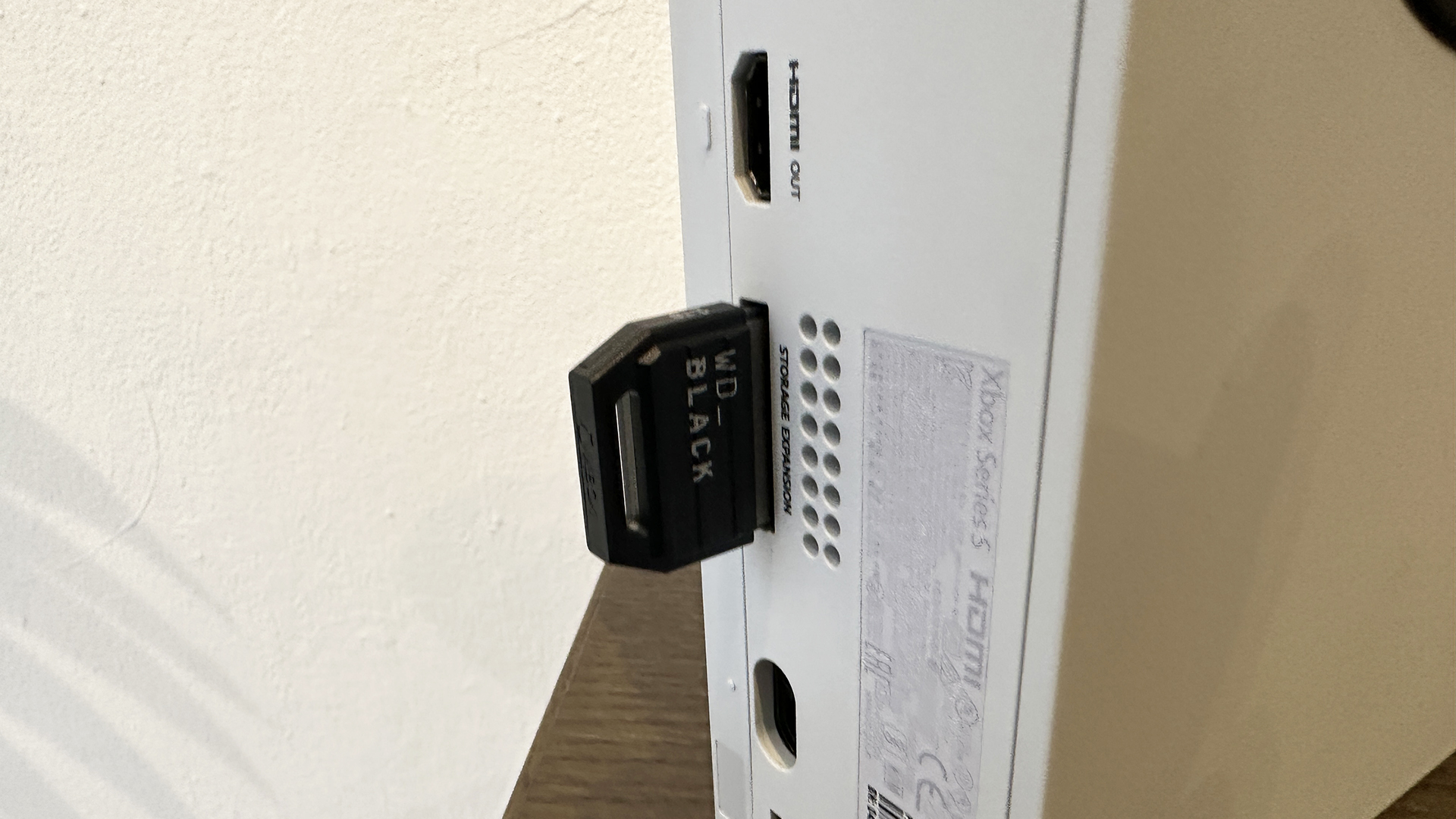 Xbox Series X/S storage space problems solved by a sneaky Xbox Game Pass update
Xbox Series X/S storage space problems solved by a sneaky Xbox Game Pass updateYou may never have to buy external storage again
By Rik Henderson Published